Standardized tests have been used for two thousand years. The earliest standardized tests were used in China for determining aptitude for government positions. Today, we use standardized tests in a variety of professional and educational settings. They determine a person’s preparedness for college or graduate school or the degree to which a school achieves its educational goals. They are also required for many of professions: Lawyers take the bar exam, teachers take the Praxis, and nurses take the NCLEX. In fact, whether you are a parent, student, or teacher, it’s almost impossible not to encounter a standardized test at some point.
The Pressure to Perform
These standardized tests often come with a lot of pressure to perform well. Many complain about the disconnect between a standardized test and real-world tasks or skills. Some worry about how anxiety on test day will affect their score or that an unexpected question will misrepresent their abilities. Teachers struggle to find the balance between integrating real-world application and making sure their students are ready to meet the demands of upcoming tests. When results are poor, they often worry about how their teaching or the school will be perceived. Students taking admissions tests such as the ACT, SAT, or GRE worry that their ability to perform on the test will be a barrier to reaching their educational goals. If these tests are barriers to success or misrepresent the test-takers, are they worthwhile? Should we get rid of them?
Standardized Tests Are Tools
In answering this question, we must view standardized tests as tools. As with any tool, their usefulness depends on how we design and use them.
For example, a ruler is a tool that needs to be designed in a certain way, or it will not be useful. The smaller measurements on the ruler need to be precise, or the ruler won’t accurately measure things. It needs to have a straight edge, or it won’t help with drawing a straight line. Also, a ruler only accomplishes certain tasks. A ruler is the perfect tool for drawing a six-inch line, but it lacks the flexibility needed to measure the circumference of a round object. Like any tool, it has specific purposes and can accomplish some tasks but not others.
Standardized tests are like a ruler in that they need to be designed and used properly. Test design can affect how much the test tells about what a test-taker knows. For example, someone with testing anxiety will struggle to show their real abilities through the test. Someone with a reading disability may struggle with reading on the math portion, thus leading to a score that reflects reading ability more than mathematical ability. Cultural bias in test questions can also affect how a test-taker performs. Background knowledge can significantly affect reading comprehension. If a test includes a reading passage about skiing, it could be a barrier for students who have never skied due to economic, geographic, or cultural factors. In order for the passage to be accessible, it will need to include explanations of certain concepts or terms, and test writers will need to keep in mind that too many explanations will overwhelm students. Test writers need to design tests with these factors in mind in order for the test to be useful.
After students and aspiring professionals take these tests, the results come in. Standardized tests measure results in one of two ways: They may compare results to other test-takers or they may use predetermined criteria to determine the results. Both types of tests will tell test-takers their percentile rank. A seventieth percentile means the test-taker scored better than seventy percent of test-takers and worse than thirty percent.
How Standardized Tests Are Used
How we use these results is important, whether you are a test-taker, a teacher, or an employer. We can’t expect standardized tests alone to tell us everything about how a person will perform in a job or in college. Standardized tests can help us learn a little about a lot of people in a short time, but they only tell us a little about each individual test-taker. Regardless of your stake in the test, use the results as one piece of data among many, and approach it with a growth mindset, the idea from Stanford psychologist Carol Dweck that intelligence is not fixed, and abilities can be improved with practice.
How to Be Successful with Standardized Tests
As a student, look how you have performed on similar skills in other situations, such as assignments in your classes. You can always ask your teacher for specific feedback on certain skills. If you are concerned your test score doesn’t reflect your abilities, take the test again and practice your weakest areas beforehand. Practice tests are also helpful in becoming familiar with the format of the test. Make sure a college or graduate school application shows your full range of abilities through your essays and letters of recommendation.
As a parent or teacher, gather a variety of quantitative and qualitative data points on how well your student(s) perform. Parents can also ask teachers for more specific information on their student’s abilities. If the test results, among other data, indicate that the student needs more practice with a certain skill, find ways to give your student that practice, but make sure to keep it positive. That’s part of having a growth mindset. Keep in mind that this prepares your student for more than just the test: it also teaches him or her the important lesson that people can grow and improve with practice and persistence.
If you have another connection to the standardized test results, such as an employer, the same principle applies: use standardized test data as one data point among many. Seek to understand the test-taker’s full potential if he or she meets minimum results.
Standardized testing can be controversial, but it’s not likely to go away. Designed well, standardized tests can be useful. Whatever your stake in the test, don’t let it rule your life. Put in the time to prepare yourself or your student(s) for upcoming standardized tests, but remember those tests aren’t comprehensive assessments of human beings.

